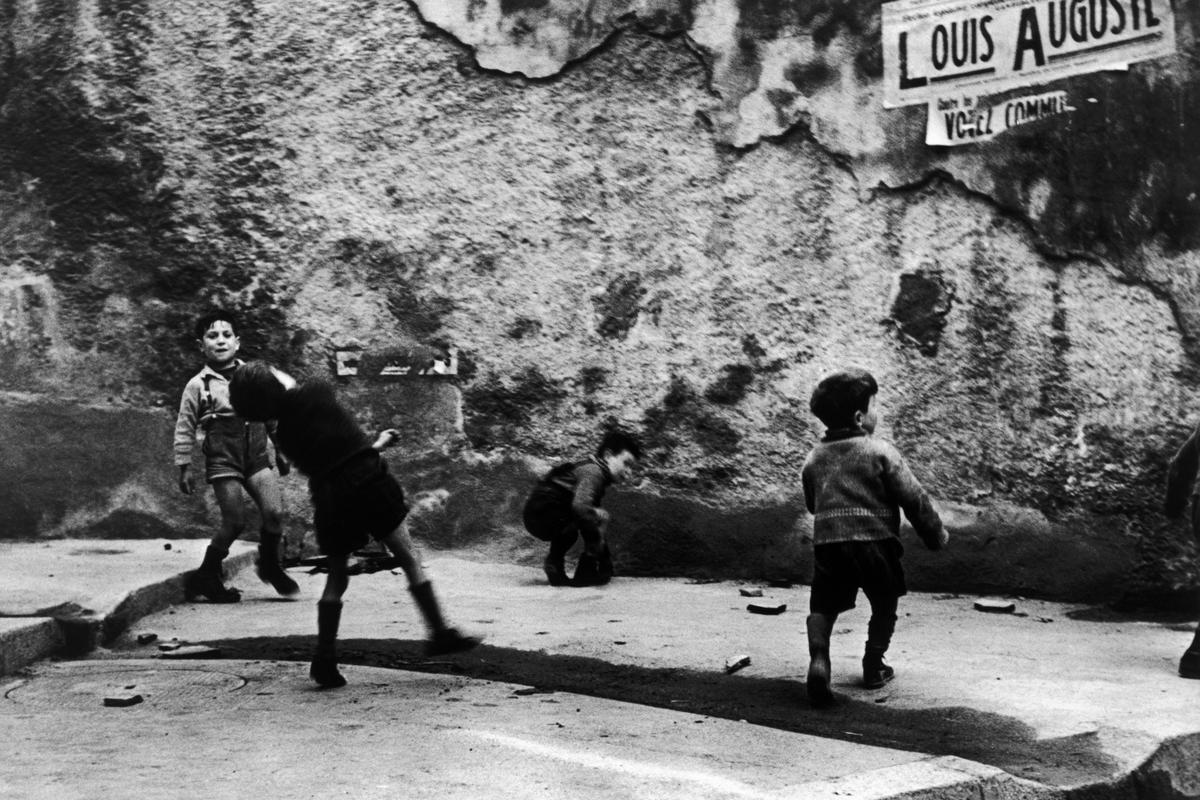
"Kosinski was a man in trouble when we chanced upon each other. Two years earlier, with tens of millions of copies of his novels in print, Village Voice reporters charged him with literary fraud. Based more on innuendo than fact, their article derailed his literary career. Those details were not on my mind as he leaned over my shoulder, stretching out his arm to tap the spines of each of his novels as if he were counting."
"I tried to make it seem like I hadn't noticed him, but all I was thinking was that certain books leave fingerprints on the mind, ready to be dusted with the memories of one's life. The Painted Bird felt like a desperate note sent in a glass bottle that broke in my hands and made me bleed. It was almost three years after I'd read it, but I still could not shake the feeling that a private emotion lurked beneath the text."
On a cold November evening in 1984 a reader sat in a Manhattan bookstore imagining Africa and encountered Jerzy Kosinski leaning over the book. The Painted Bird is described as a terrifying novel about an abandoned, mute boy drifting through a bleak countryside, alternately sheltered or abused, a setting readers assumed was wartime Poland during the Holocaust. Two years earlier Village Voice reporters charged Kosinski with literary fraud, a claim that derailed his career. The reader felt the novel left fingerprints on the mind and wrote Kosinski a letter. The reader's experience as a Wall Street analyst taught close scrutiny of documents, a skill later useful when Kosinski telephoned months later.
Read at Aeon
Unable to calculate read time
Collection
[
|
...
]